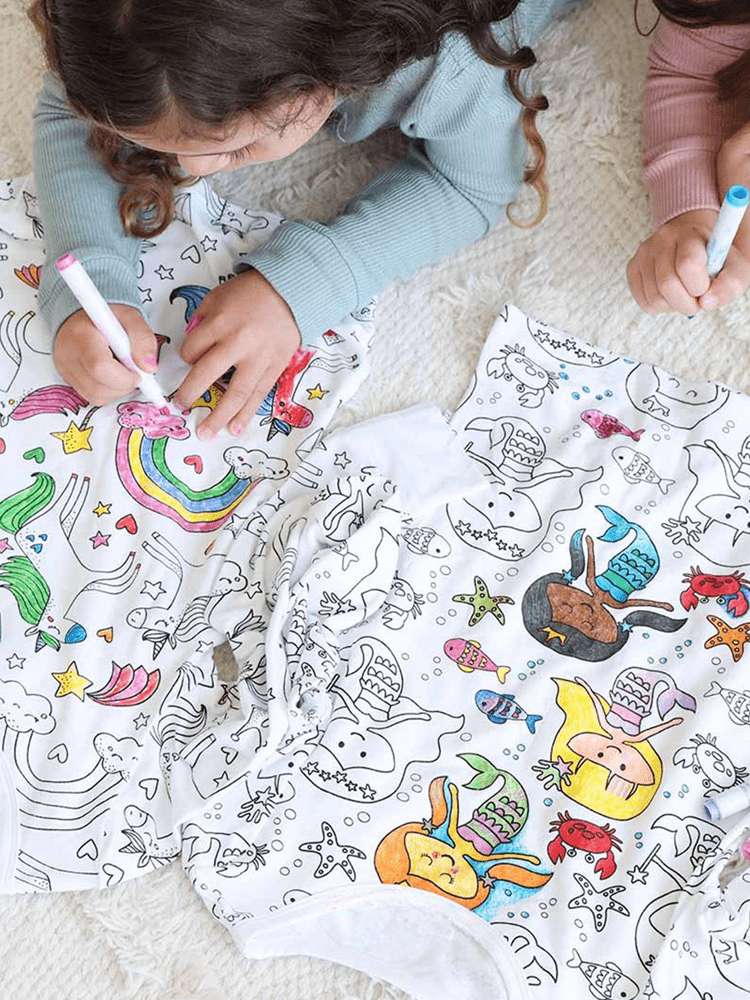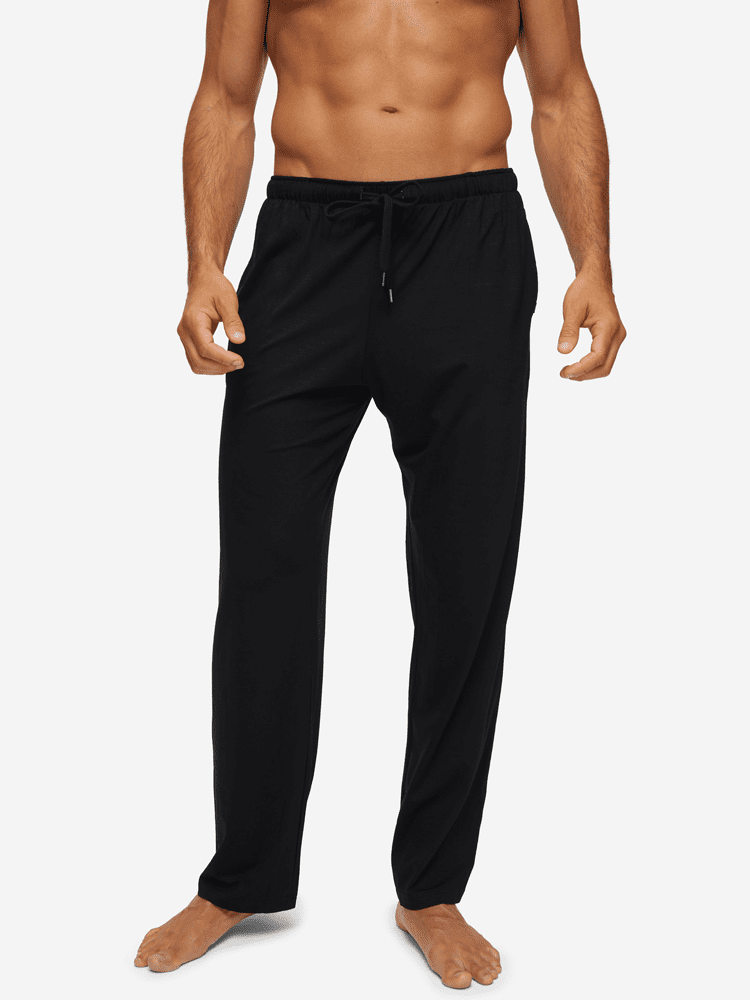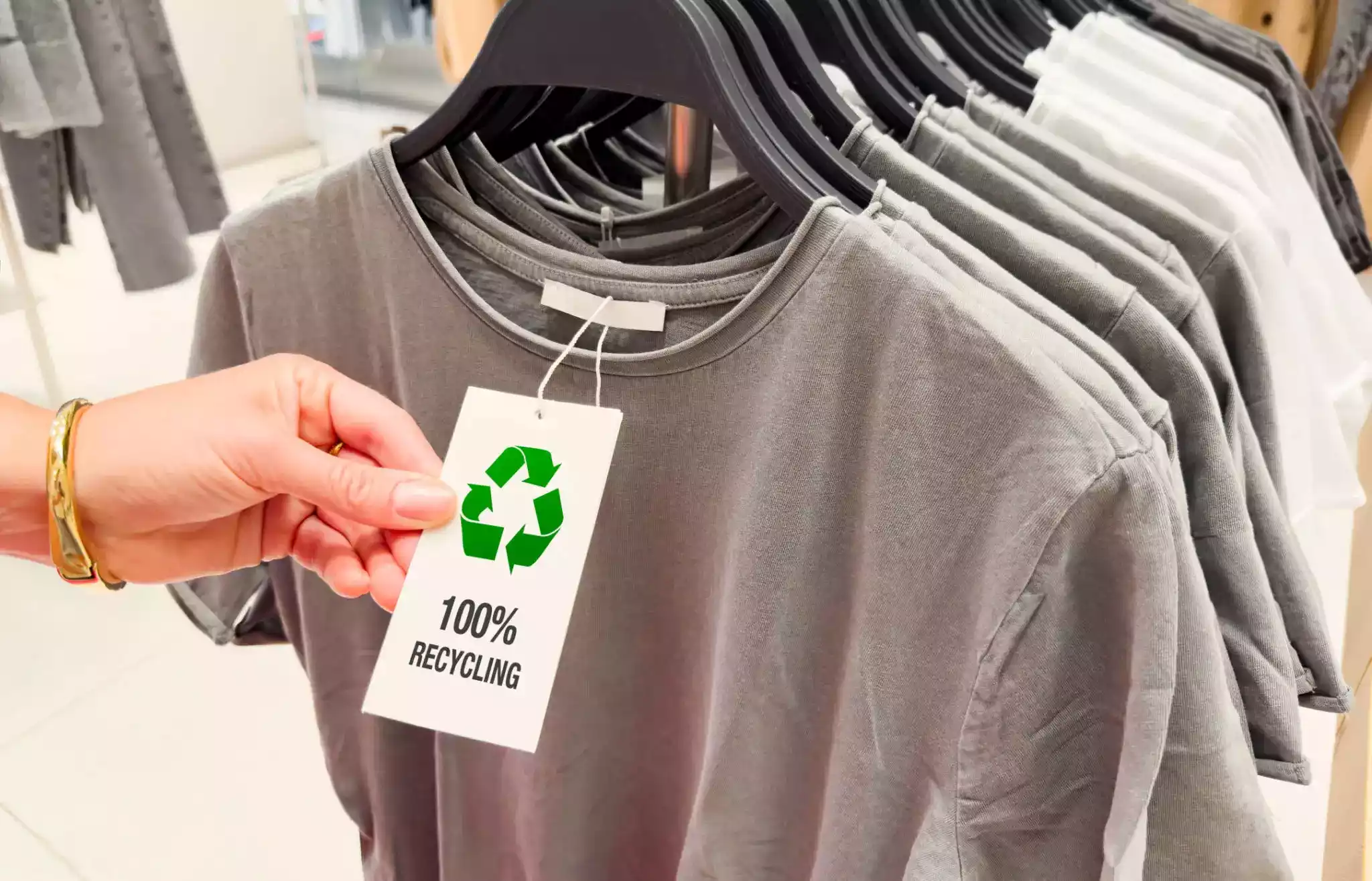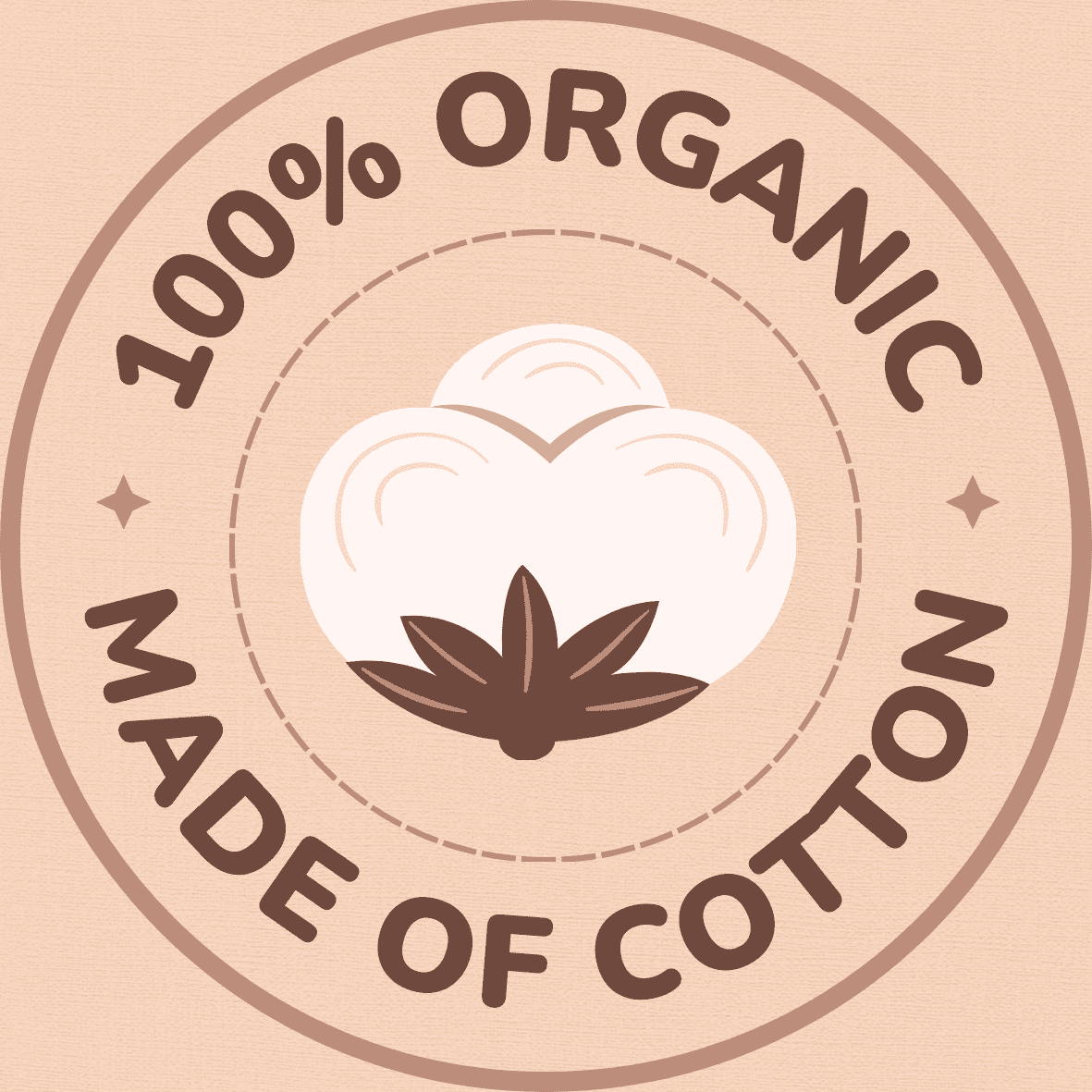From Concept to Creation: Unveiling the Craft of Garment Manufacturing Companies
A garment manufacturing company, often unseen by the public eye, plays a pivotal role in shaping the fashion industry. These companies form the backbone of the supply chain, providing the critical link between the designers’ creative visions and the tangible products appearing in retailers worldwide. Their operations are comprehensive, starting from the conversion of raw materials into fabrics, all the way to the distribution of the final garment to wholesalers and retailers.
Interestingly, the garment manufacturing companies in the USA have exemplified innovation and adaptability in the global landscape. Constantly striving to maintain superior quality in production and sustainability in practice, these companies are setting landmark precedents. Faced with fast-changing fashion trends and consumer preferences, their ability to deliver on-demand and in line with market trends is unparalleled, making them industry leaders in an intensely competitive global market.
The Initial Phase: Ideation and Design in Clothing Manufacturing
The multidimensional process of garment manufacturing begins at the genesis phase: ideation and design. In this stage, creative minds are given free rein to envision, conceptualise, and map out a blueprint for what eventually will become a tangible piece of apparel. At this stage, an Atlanta garment manufacturing company, for example, may delve deep into consumer trends, forecast fashion projections, and even conduct thorough market research to ascertain the viability of their proposed designs. From avant-garde fashion innovations to classic vintage revivals, the ideation stage of clothing manufacturing is deeply intuitive and demands a stream of ingenuity.
The design phase is the logical progression from ideation and it focuses on the granular details of the soon-to-be-manufactured clothing. It’s during this stage that everything from color schemes, fabric choice, and tailoring specifics are determined and finalised. Interestingly, it’s noteworthy that the top 10 garment manufacturing companies in the world attribute their global successes largely to a thorough and in-depth design phase. These industry leaders understand that excellence in design can mean the difference between a fashion hit or miss. That’s why every stitch, every seam, and every pattern is painstakingly perfected, ready to be translated into high-quality fashion pieces.
The Importance of Material Selection in a Garment Factory

In the bustling world of fashion, garment manufacturers play an integral role in the end product that reaches consumers. A key aspect of their responsibilities is material selection, a factor that not only necessitates skill and experience but also shapes the quality, comfort, and sustainability of the clothing. One such forum for diligent material selection is Pjgarment.com, among the leading garment manufacturing companies in China. With a keen eye on worldwide trends and consumer needs, the team at Pjgarment.com expertly selects materials that can both encompass the desired aesthetics and withstand the rigors of usability.
Particularly, for garment manufacturing companies in China, the focus on material selection is becoming increasingly prominent, due to rising economic, social, and environmental concerns. Being at the forefront of the industry, these companies understand that the choice of fabric can greatly influence the look, feel, durability, and even the pricing of the garment. Moreover, it significantly impacts the brand image, as consumers now prioritize transparency regarding sustainable practices in every part of the product lifecycle. Therefore, in the pursuit of achieving the perfect balance, garment manufacturers like Pjgarment.com are taking conscious steps towards adopting sustainable material choices, fueling the progressive movement in the global fashion scene.
The Art of Pattern Making in a Clothing Company
Pattern making is a fundamental process in any clothing company, and garment manufacturing companies in Dubai truly evoke the essence of this art. It’s a stage where the clothing design is converted into a flat plane template, which acts as a blueprint for cutting fabric into pieces that will be stitched together to create the final product. Highly skilled pattern makers, gifted with a keen insight into human anatomy, fashion trends, and technical know-how, ensure the mutual flow of aesthetics and comfort, meticulously tailoring each pattern in unfaltering alignment with the designer’s vision.
The role of pattern making is equally significant in garment manufacturing companies in UAE, manifesting their commitment towards sartorial perfection. From drafting the initial design on paper to refining the pattern by incorporating necessary adjustments, each step is carried out with the utmost precision. This intricate process requires a blend of art and science, where the design must not only be aesthetically pleasing but also functional and suitable for mass production. Thus, the art of pattern making in these companies embodies their pursuit to create wearable art that adorns the body and celebrates the individual behind the attire.
Sampling: A Vital Stage in Garment Manufacturing
In the intricate process of garment manufacturing, sampling holds a cardinal position. It is a stage where a garment manufacturing company, such as those operating in Singapore, creates prototype designs for further planning and production. Sampling acts as a preliminary mode of design testing that offers insights into how the actual product will look, feel, and fit. Furthermore, it provides a tangible platform to evaluate various design elements such as colors, textures, dimensions, and materials before mass production.
Garment manufacturing companies widely acknowledge the crucial role of sampling in mitigating risks associated with cost, time, and quality during full-scale production. The feedback obtained from samples can lead to necessary adjustments in designs and production processes, thereby ensuring that the final product meets consumer expectations. This stage also facilitates communication between design teams, manufacturers, and clients, setting clear expectations for everyone involved. Thus, the sampling step plays an instrumental role in the successful operation of garment manufacturing companies.
How Clothing Companies Execute Mass Production

Garment manufacturing companies in America, like their counterparts across the globe, follow a systematic procedure to carry out mass production. It begins with the department of production planning and control, which forecasts the production schedule based on sales forecast, delivery dates, and the potential of the production line. The coordination of distribution of fabric and trims, time and action calendar for each style of garment, distribution of work to various sections, and monitoring to ensure timely completion are all meticulously laid out in this phase.
On the other hand, garment manufacturing companies in Australia place great emphasis on communication and coordination between different departments for efficient mass production. The initiation of mass production only takes place once the samples approved by clients undergo a practical and doable production analysis. The production process includes cutting, sewing, checking, finishing, pressing, and then finally, packing of garments as per customers’ requirements. A highly synchronized approach is thus pivotal to the tangible execution of mass production within these businesses.
Quality Control Measures in a Clothing Manufacturer
In the complex world of clothing manufacturing, quality control has an essential part to play. From the garment manufacturing companies in Europe to those spreading beyond its borders, achieving immaculate standards of quality control is a ceaseless pursuit. This involves adherence to stringent quality measures at every step, from the selection of fabric materials down to the final stitching processes. Quality control not just assures the impeccable quality of outfits, it also fortifies the trust of customers, solidifying the brand’s reputation in the highly competitive market.
Undoubtedly, every stage in manufacturing holds its unique challenges and insecurities. Garment manufacturing companies in Germany, for instance, have advanced strategies in place to ensure that issues such as incorrect size specifications, fabric defects, and improper stitching do not slip through unnoticed. Leveraging a combination of manual checking by skilled workers, along with state-of-the-art machinery and technology, they facilitate a comprehensive examination of every piece before it leaves the manufacturer. The global competitiveness of these companies attests to the effectiveness of such rigorous attention to quality control.
Logistical Aspects of Garment Manufacturing
In the world of fashion, the ability to deliver high-quality products to consumers swiftly and efficiently is an increasingly critical element of business strategy. The garment manufacturing companies in London have leveraged logistical improvements to ensure streamlined operations. By employing modern technologies and methodologies, they have effectively reduced production times and increased their ability to respond to sudden changes in demand. As a result, these companies have been in a position to maintain competitiveness, control costs, and improve their customer satisfaction.
On the flip side of the globe, garment manufacturing companies in Singapore have also risen to the challenge of enhancing their logistical framework. They have realized the necessity of incorporating advanced logistical systems to handle order processing, warehousing, transportation, and distribution. Integrating these aspects into a single, cohesive system has been the key to managing fashion industry cycles, predicting sales, managing inventories, and maintaining an upper hand in an industry marked by intense competition and rapidly changing trends. Therefore, the importance of effective logistics must not be downplayed in the realm of garment manufacturing.
• The garment manufacturing companies in London have been successful in leveraging modern technologies to streamline operations. This has resulted in:
◦ Efficient reduction of production times
◦ Increased ability to respond quickly to sudden changes in demand
◦ Enhanced competitiveness and cost control
◦ Improved customer satisfaction
In Singapore, the garment manufacturers have also made significant strides towards improving their logistical framework. They’ve realized that advanced logistics systems are a critical requirement for effective management of different aspects of business including:
• Order processing: Streamlining this process ensures that orders are processed promptly and accurately, reducing delays and errors.
• Warehousing: Advanced warehousing solutions help manage stock efficiently, ensuring optimal use of space and resources.
• Transportation: Effective transportation logistics ensure timely delivery of products from the factory floor to retail outlets or directly to customers.
• Distribution: A well-managed distribution network can make it easier for businesses to reach more customers effectively while minimizing costs.
Integrating these various components into a single system is key for managing industry cycles, predicting sales trends, managing inventories effectively and staying competitive amidst rapidly changing fashion trends. Therefore,
• The importance of an efficient logistic system cannot be overstated as it plays a crucial role not only in maintaining operational efficiency but also enhancing customer satisfaction by delivering high-quality products on time.
The global garment manufacturing industry’s future success hinges largely on its ability to adapt swiftly to technological advancements particularly within the realm of logistics.
The Marketing and Sales Strategy of a Garment Factory

Traditionally, garments manufacturing companies have heavily relied on tradeshows, physical showrooms, and the power of word-of-mouth to promote their wares. However, the digital era has revolutionized this approach, pushing industries, including clothing manufacturing, to adapt and evolve. Now, online marketing through websites, engaging social media posts, SEO, influencer collaborations, and digital advertising form an integral part of their promotional strategy. The marketing strategies are often tailored to be visually appealing, reflecting the quality of the garments and the ethos of the brand, to entice both retail buyers and the end consumer.
Simultaneously, the sales strategy of a garments manufacturing company heavily leans on establishing enduring relationships with retailers, both big and small, as well as e-commerce platforms. They employ a dedicated sales force adept in B2B negotiations, ensuring their products find a place in various physical and digital storefronts. Furthermore, the advent of direct-to-consumer selling through a company’s online portals has opened another profitable avenue for these companies. Indeed, the strength of an effective marketing and sales strategy lies in its ability to adapt and thrive amidst the evolving retail landscape.
Sustainability and Ethical Practices in Clothing Companies
In the contemporary world, the focus on ecological preservation has gained considerable momentum. As a result, sustainability has emerged as an integral component in the strategies of many businesses, including the garment manufacturing industry. A garments manufacturing company in Singapore, for instance, makes conscientious efforts to minimize its environmental footprint by optimizing resource usage and incorporating renewable energy sources in its operations. Additionally, such companies adhere to local and international regulatory standards, thereby upholding responsible production practices.
Ethics, on the other hand, are equally important for the image, reputation, and overall operations of a clothing company. Operating ethically means prioritizing fair labor practices, safe working conditions, and anti-discrimination policies. A garments manufacturing company in Singapore, in line with such principles, would implement a robust system to ensure equitable wages, a non-hostile environment, and job security for its staff. Such practices not only result in increased employee loyalty and productivity but also foster trust among consumers.
FAQs
What is the role of a garment manufacturing company?
Garment manufacturing companies are primarily responsible for the production of clothing items. They oversee the entire production process, from the initial design concept and material selection, to pattern making, sampling, and mass production. They also handle quality control and logistical aspects of the manufacturing process.
What does the ideation and design phase in clothing manufacturing entail?
The ideation and design phase is the initial stage where the concept of the garment is born. Designers brainstorm ideas, sketch designs, and create mood boards. The end product of this phase is a prototype design that guides the subsequent production stages.
How crucial is material selection in garment manufacturing?
Material selection is a vital component of garment manufacturing. The choice of material impacts the durability, comfort, and appearance of the finished product. It also significantly impacts the sustainability of the production process, as some materials have a lower environmental footprint than others.
What is pattern making in a clothing company?
Pattern making is the process of creating templates for the different parts of a garment. These patterns guide the cutting and assembling of the fabric pieces during production. The accuracy of pattern making is crucial for the quality and fit of the final product.
What is the significance of the sampling stage in garment manufacturing?
The sampling stage involves creating a prototype of the garment using the final materials and patterns. This sample is reviewed and adjusted as needed before mass production begins. Sampling is critical to ensure the design and fit are correct, and that the garment can be produced efficiently and to high quality standards.
How do clothing companies execute mass production?
Once the sample garment has been approved, mass production begins. This involves cutting fabric according to the final patterns, assembling the pieces, and finishing the garments with details like hemming and buttonholes. Manufacturing methods may vary depending on the type of garment and the production capacity of the factory.
What quality control measures are implemented by clothing manufacturers?
Quality control measures in a clothing factory include regular inspection of the garments at different stages of production. This may involve checking the quality of the fabric, the accuracy of the cut, the strength of the seams, and the overall finish of the product.
What are some logistical aspects of garment manufacturing?
The logistical aspects of garment manufacturing involve the efficient movement of materials and finished products. This includes sourcing and storing raw materials, managing inventory, packaging finished products, and arranging for their delivery to retailers or consumers.
How do garment factories strategize their marketing and sales?
Garment factories employ various marketing and sales strategies, ranging from promoting their products through various channels to partnering with retail outlets. They often conduct market research to understand consumer preferences and trends, and adjust their product offerings accordingly.
What does sustainability and ethical practices in clothing companies mean?
Sustainability in clothing companies involves taking steps to minimize their environmental impact, such as using eco-friendly materials and reducing waste. Ethical practices refer to treating employees fairly, providing safe working conditions, and avoiding practices such as child labor or exploitation. These aspects have become increasingly important for consumers when choosing clothing brands.




